Coleman Collieries #DL11
The Crowsnest Pass, way down south there near the British Columbia border is one of our most favourite places to visit. Can’t get enough of it. History, hiking and the outdoors all rolled into one…it’s pure bliss! And one fine evening we’re wandering the town of Coleman, a community built on Coal Mining, the streets all quiet and still, a most tranquil, picturesque setting among the many historic buildings that make up the downtown core. It’s a photographer’s dream.
Passing the Crowsnest Museum, a venue we’ve toured a number of times, look over there, something new and interesting on the grounds. Come with us, in the last light of day – oooh, those soft pastel colours – and take in a tiny locomotive recently moved here. It’s been hanging around the Pass for some sixty five years, down there by the tracks just a few blocks away, but now is on public display.
We explored this pocket-sized engine many years ago (link: The little yellow locomotive), back when its future was uncertain. Now things look far more promising.
Here’s a bit of history…
Built by General Electric (they had their fingers in many pies), mid-1942, it initially found work at a dam construction site in North Carolina, at the Fontana Reservoir. Little engines such as this were well suited at shunting cars around industrial plants, factories and large scale engineering projects. Known as a model B-50/50-1 to its maker, among those who are train crazy, it’s a “25 Ton” (or GE 25 Tonner), after how much it weighs. It’s surprisingly powerful given its modest size.
Carrying builder’s number #15705, it’s powered by a Cummins engine rated at 150hp which drives a generator that supplies the two traction motors, one each per axle. GE built at lot of this model in the 1940s-1950s period (and a few beyond). Later examples had a more streamlined appearance, where as early ones like this were more squared off. General Electric, back then, was the leader in supplying smaller industrial, yard duty or branchline locomotives. Today they build mainline power – if you’ve seen a passing train today, there’s a good chance it was GE locomotives (sometimes called “toasters”, a nod to the firm’s once dominant appliance division) doing the work
It’s believed this here locomotive emerged from the firm’s Erie Pennsylvania Locomotive plant. Interestingly however, only Schenectady New York, GE’s Headquarters at the time, is shown on the builder’s plate. Does this mean some locomotive production took place there? Perhaps – we’ve heard this may have happened. But if not, why was Erie not mentioned? Incidentally, Erie today is being phased out, with most locomotives coming from a new factory in Texas.
Meanwhile….
After the Fontana gig, the locomotive was transferred to the McNary Dam construction site on the Columbia River in Washington State where it worked for a couple years. That dam locomotive!
In 1954, and now unemployed, it came to the Pass finding work at Coleman Collieries in Coleman where it moved cars about processing plant…pull cars from the empties line, perhaps a half dozen or so at a time, spot them for filling, then later spot them on the outgoing track. Then repeat as necessary. On a typical day many dozens of cars could be filled. On a super day, sometimes close to a hundred. It was kept busy.
The interior sure is cramped! Pipe coming out appears to be an exhaust for a cab heater. It gets cold in the Pass come winter – that comes from first hand experience.
In the 1960s, Coleman Collieries acquired a second much larger locomotive (an ex-CPR switcher, see: Loading coal in Coleman) and it was lesser used afterwards, mostly acting as a back up unit at times when the other was down for repairs or things got particularly busy. Still, it was kept up. It carried number #DL11 the whole time at the plant to the best of our knowledge. Not sure if that yellow was company colours. Or if it was ever lettered for the firm. Anyone have old photos?
Coleman Collieries closed in the early 1980s and the little yellow locomotive was again out of work. It sat the abandoned plant (hard edged reports: Coleman Collieries plant (part 1)…going…going… and Coleman Collieries plant (part 2)…going…going…) for many decades, first undercover in the engine house, and later after that building was demolished, out in the open on the plant grounds (see: The little yellow locomotive). In spite of being unprotected and easily accessed it escaped being heavily vandalized and is pretty intact from what we can see. It bears many scars but these mostly came from working at the plant. It’s a hard life there. Note the banged up rock guard in front of the radiator.
Only recently was the locomotive moved to the museum grounds although we understand they owned it for some time prior. Moving these things, even the short distance from where it came, takes time (and $$). It sits on a small stretch of track in the grassy picnic area, in behind the main exhibit building, the town’s former high school (we highly recommended visiting them, BTW).
Coleman Collieries was in business form the early 1950s, and was as a result of a mergers of many earlier coal companies. The resultant firm owned many mines in the Pass, one very near the plant where #DL11 worked and another, surface workings on Tent Mountain (see: Tent Mountain was torn a new one), among others. Near the end, most coal processed at the Coleman Plant went to Asian steel making firms. Many buildings from this operation remain, although the very historic car loadout tipple, was demolished a few years back. Asbestos, don’t you know.
Coleman, the town, dates from the early days of the twentieth century. Coal drove the economy for many years but now it’s tourism that brings in the dollars. Still, there’s lots of black stuff up in the hills, should the need ever arise. Coleman, along with a good number of neighbouring towns (all tied to the same industry) make up the Municipality of the Crowsnest Pass.
We previously documented the locomotive…
The little yellow locomotive.
Locomotives, big and small and steam powered…
CNR #1158 at the Western Development Museum – a fine steamer.
Under Wraps – cocooned locomotives.
Class of ’63 – the last of its kind.
If you wish more information on what you’ve seen here, by all means contact us!
Date: June, 2017.
Location: Coleman, AB.
Article references and thanks: Canadian Trackside Guides, Crowsnest Pass Museum.
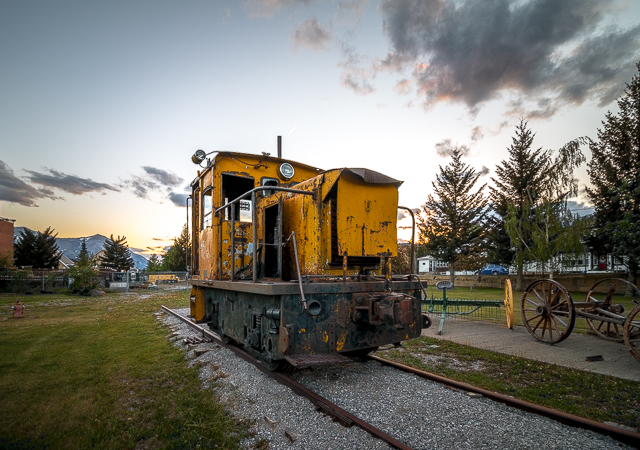
Coleman Collieries #DL11 at the Crowsnest Pass Museum.
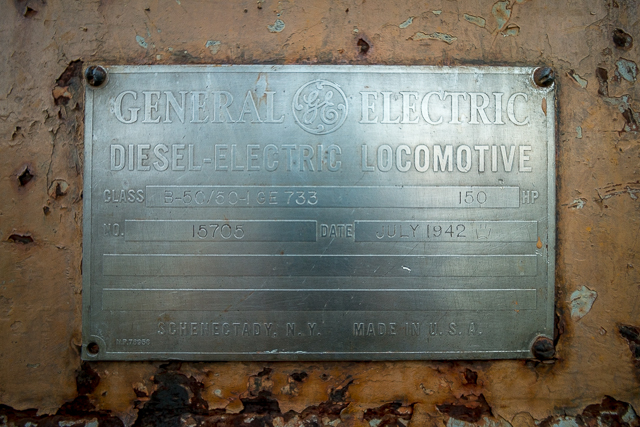
The builder’s plate: General Electric July 1942.
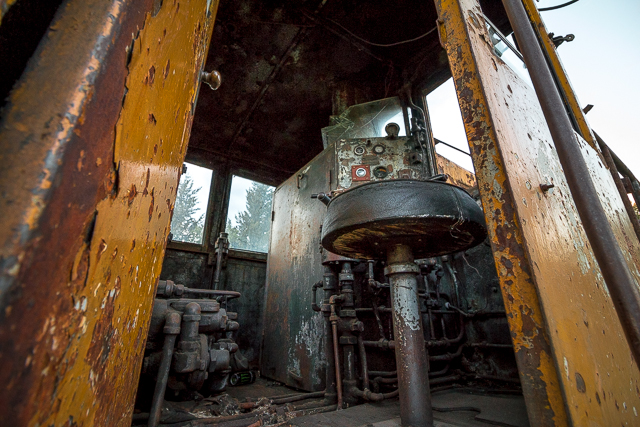
A peek inside the cab.
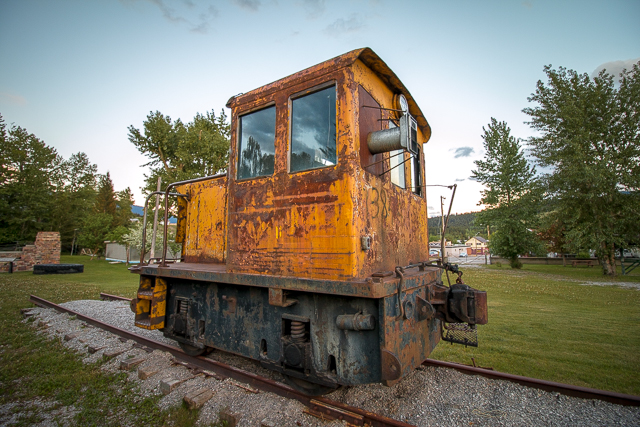
This pocket sized locomotive once worked at a nearby coal plant.
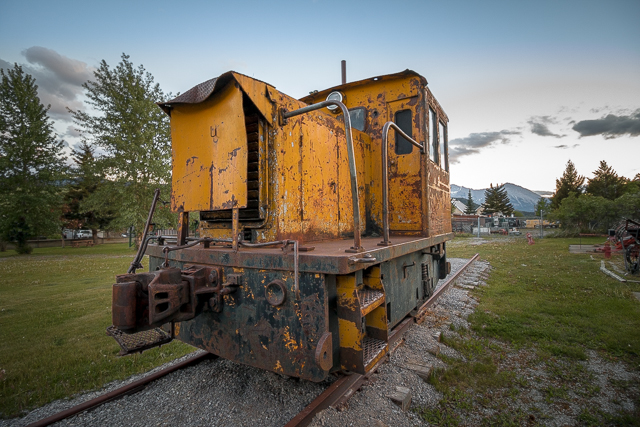
It a lightweight, tipping the scales at 25 tons.
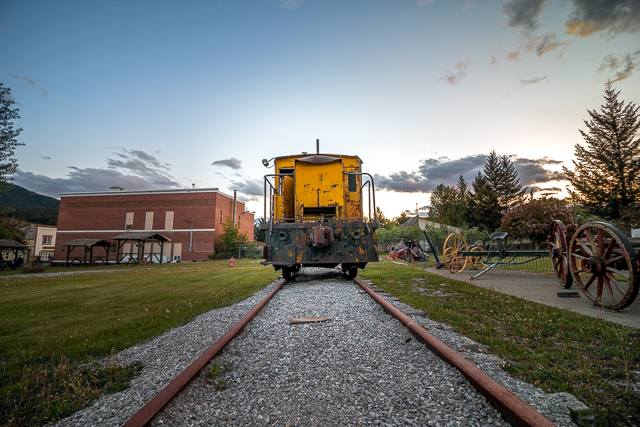
In the failing light – in behind, the museum, a former school.
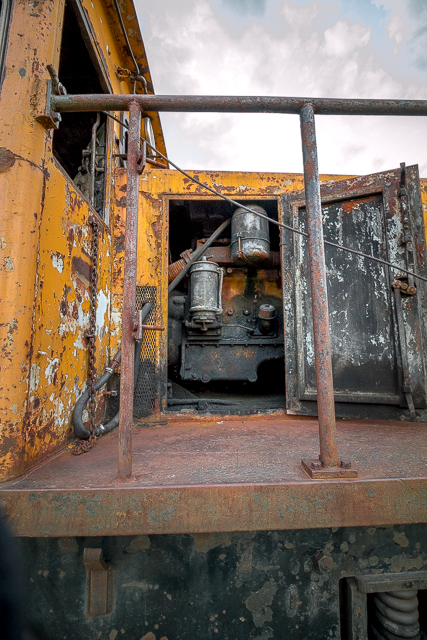
It’s mechanically complete – here’s the Cummins engine.
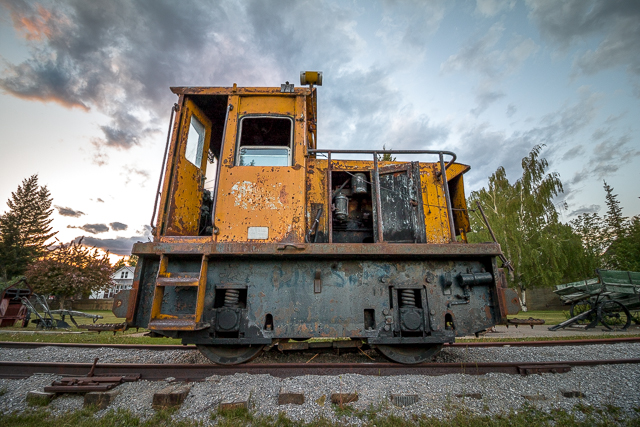
It originally came in second hand from the States.
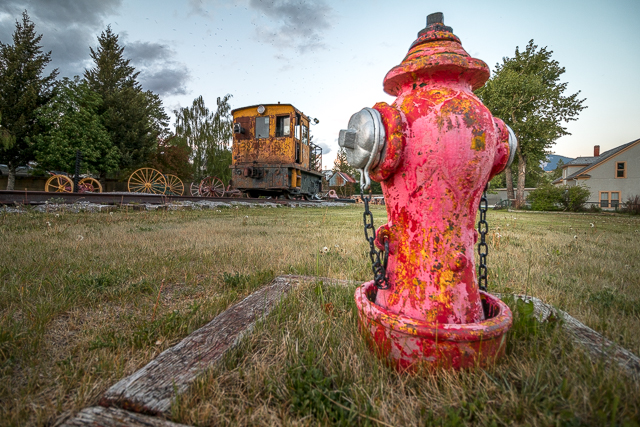
Languishing for decades at an abandoned coal plant…
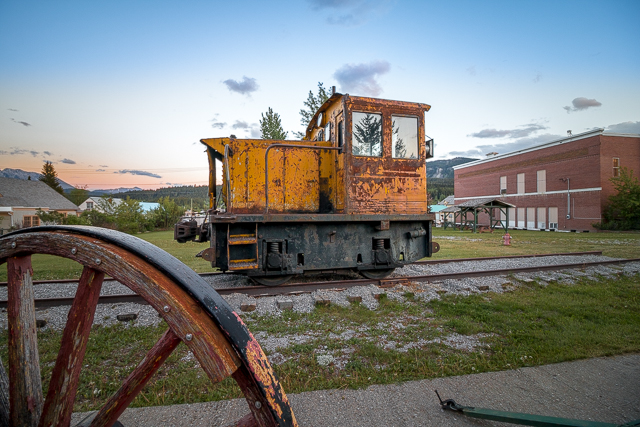
…It was recently moved here.

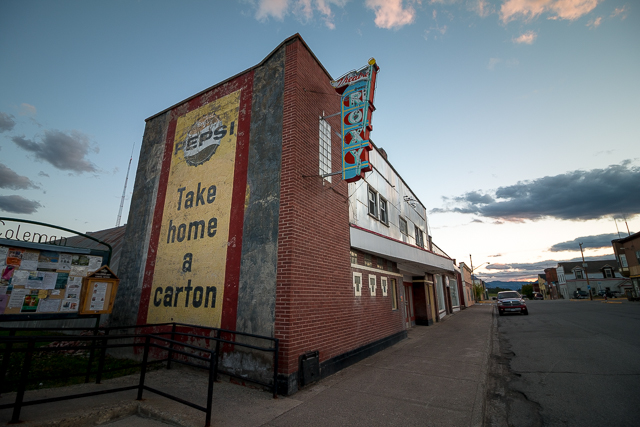


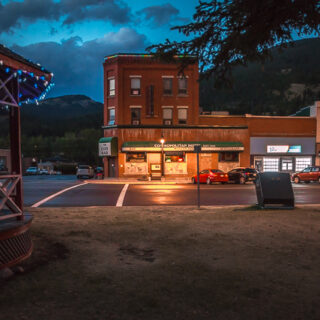
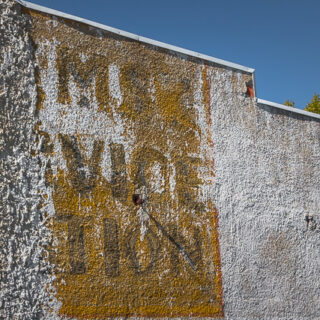
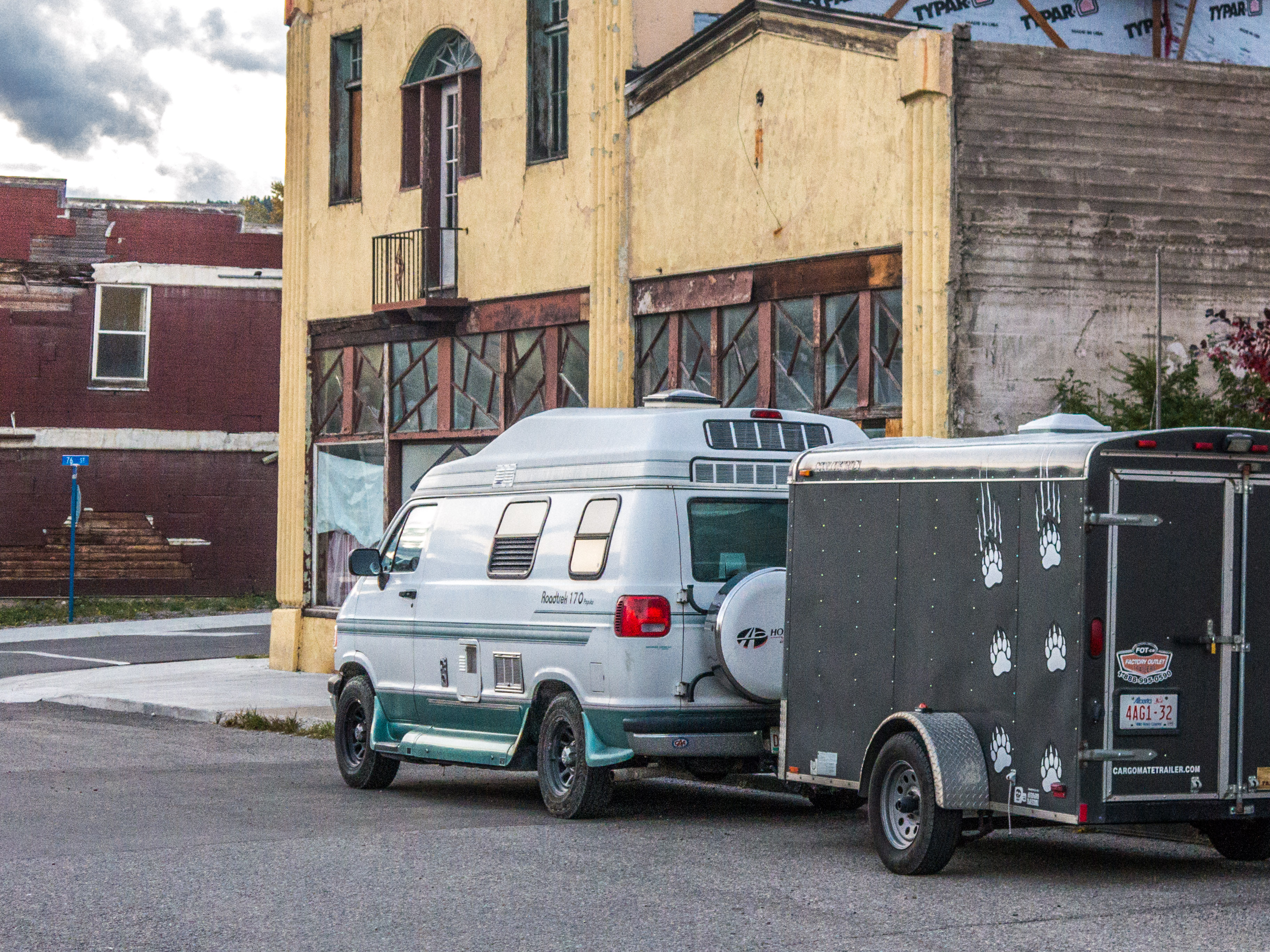
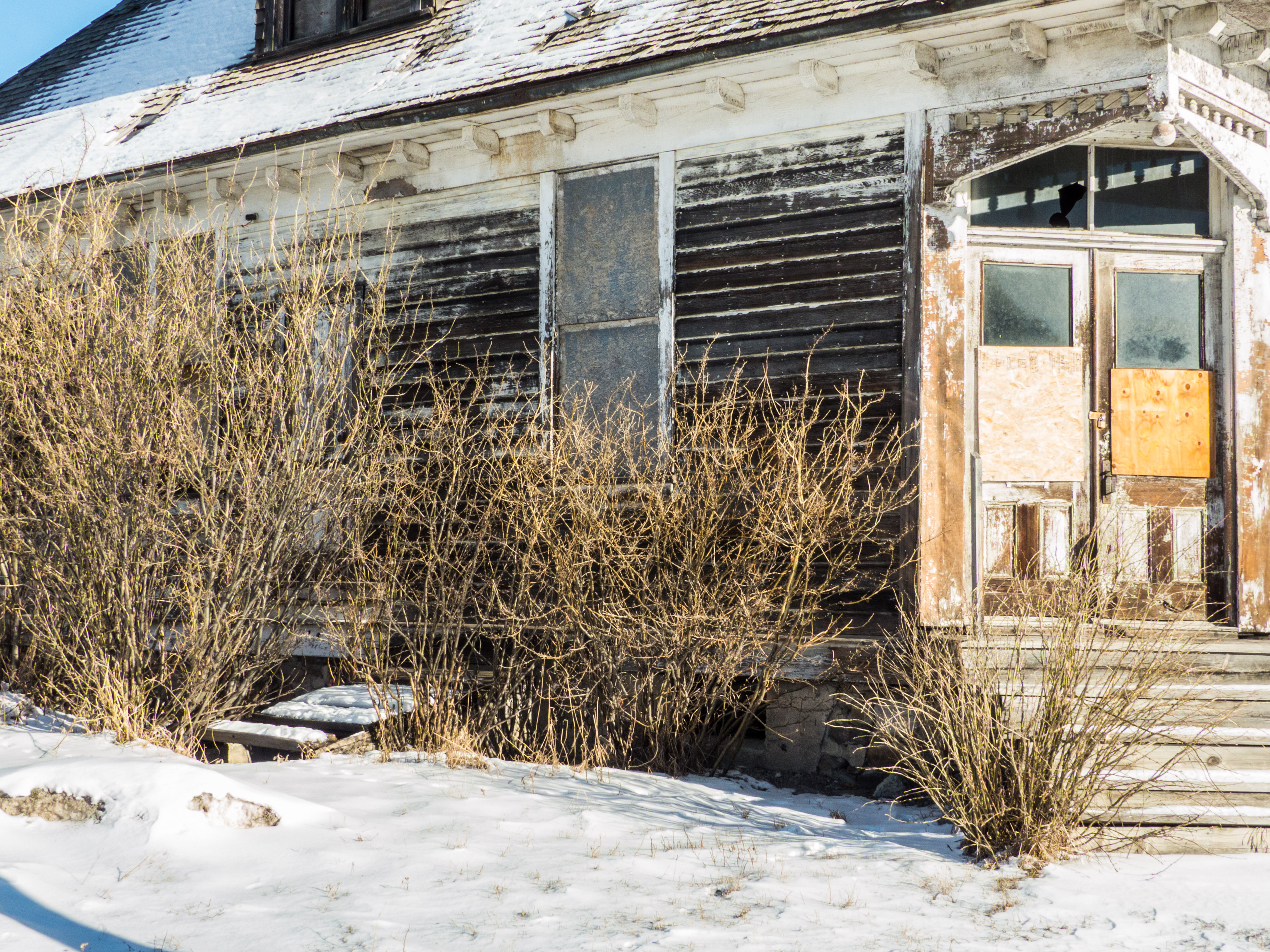

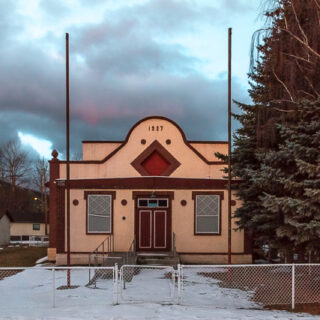
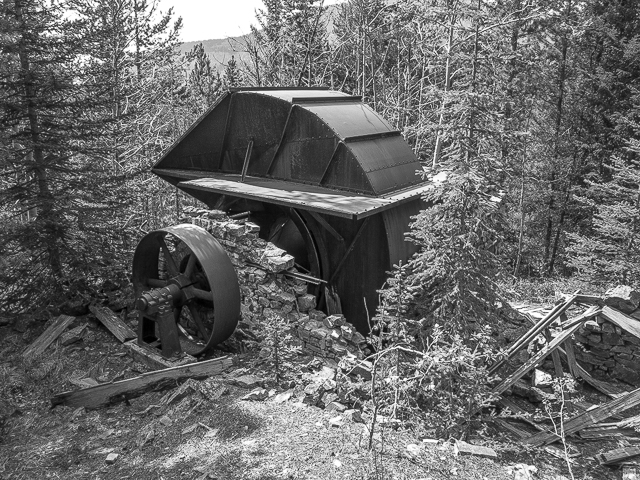
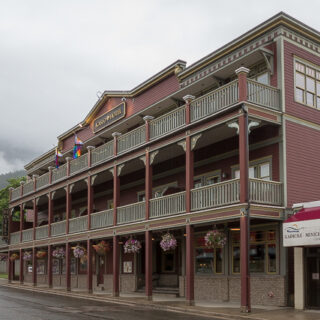








Love it!
Glad to hear!
Great job!
We love what we do!
Simply breathtaking!
Mother Natures gets a shout out here. Without her, the photos would have been at best blase.
Sweet !!
Thank you for being a serial commenter!
No one shoots train stuff like you two!
We love a different approach! Sometimes it resonates with our viewers, sometimes not, but we do it anyway.
Beautiful, simple, majestic. Your shots are amazing.
Your comment made our day. Thank you!
I took some photos of this guy in Coleman a few years back, nice to see it getting some attention, hopefully it gets restored.
We hope so too. It’s so connected to the region’s coal mining past, which it seems is slowly being forgotten.
Great shots!
Thanks, I had fun wandering Coleman at sunset. Shot some downtown pics too, which I’ll post sometime.
The museum is where it belongs. Saw it many times as I was driving along the tracks from downtown to West Coleman.
Yes, it has a much better future with them.
It was moved in the summer of 2016 from what I figured.
Thank you. We knew it was some time around then.
Glad it has relocated to a better place.
Absolutely, it’s so good to see. Now if they’d only do something with the Coleman Collieries Plant from where it came. That place is a treasure.
These are amazing shots!
Thank you! We always try to chronicle a subject in a explanatory documentary style, but also try to get creative and dramatic, if we can, with the photos too. Here it worked!